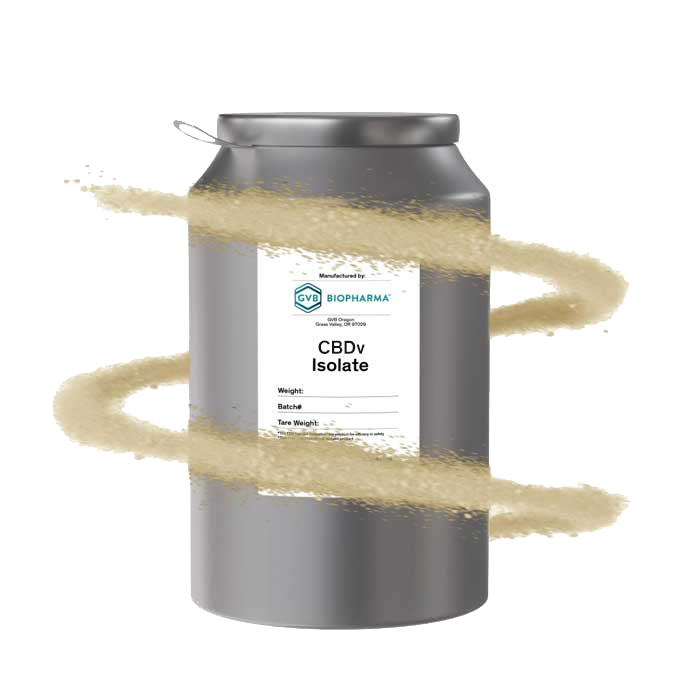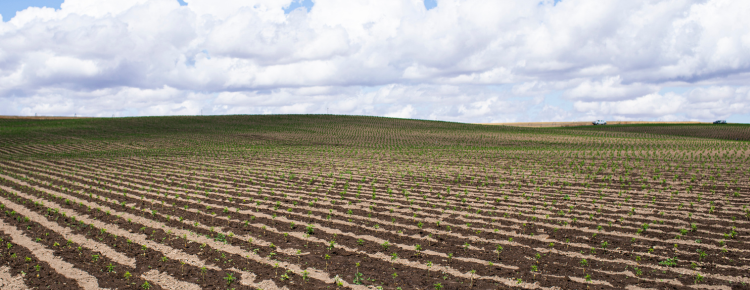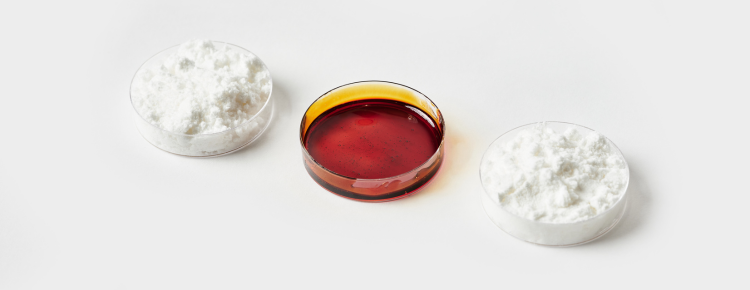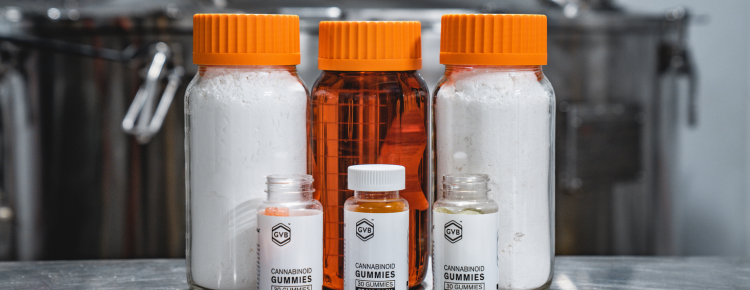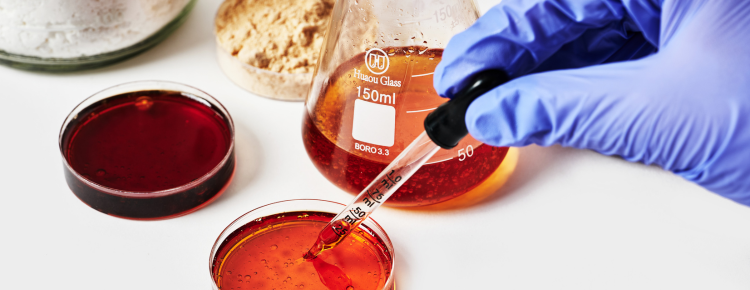CBDv is similar to CBD, but these two cannabinoids aren’t exactly alike. The differences between CBD and CBDv are sufficient to merit separate research into each compound. Scientists think CBDv might be useful in applications that CBD does not address.
In this guide, learn what CBDv is, how it differs from CBD, and how it interacts with our bodies. Then, discover where to find this rare, but highly promising, cannabinoid.
What is CBDv?
Cannabidivarin (CBDv) was first isolated in 1969¹ and found to be a homolog or natural variant of CBD. Scientists have discovered more than 100 unique cannabinoids in cannabis and hemp. Most of these substances are simply variations of a few core compounds. There are quite a few different types of CBD and CBDv is one of the more well-known variants.
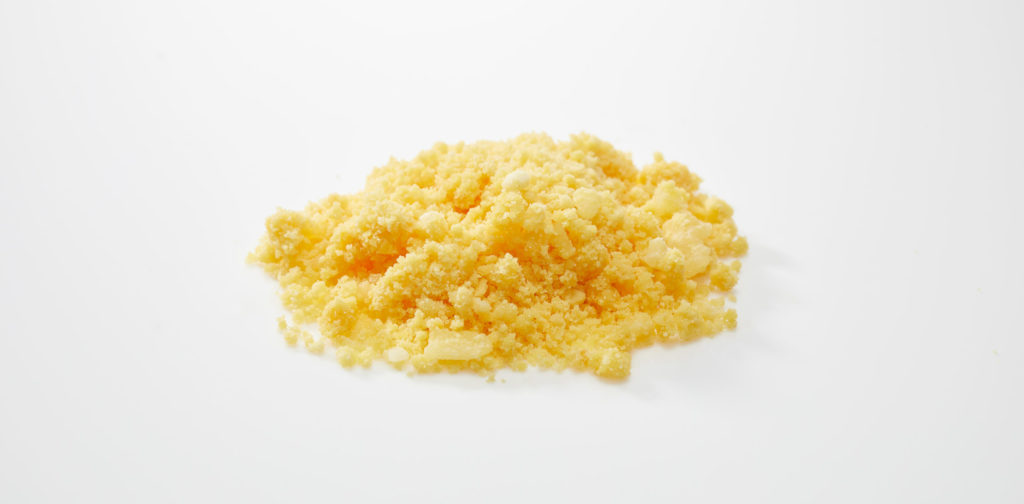
What is the difference between CBDv and CBD?
CBDv is distinguished from CBD by comparing the side chains of both molecules. CBDv has a shortened, three-carbon-long, propyl side chain, while CBD has a longer, five-carbon-long, pentyl side chain. Until the discovery of CBDv, all cannabinoids were assumed to possess only pentyl side chains. There are two other cannabinoids that have the same side chain configuration as CBDv, THCv (tetrahydrocannabivarin) and CBGv (cannabigerovarin). All three, CBDv, CBGv, and THCv, are sometimes referred to as the “varin” cannabinoids.
The functional impact of this slightly different chemical structure on the effects of CBDv and other varin cannabinoids remains largely unknown. There’s a growing consensus that, while relatively minor, the differences between varin cannabinoids and cannabinoids with pentyl side chains are significant enough to merit additional inquiry.
How do cannabinoids work in the body?
Each cannabinoid interacts with your body differently. THC and THCv, for instance, powerfully stimulate your CB1 receptors, while CBD and CBDv do not. Most cannabinoids in the CBD family appear to interact with your TRP (specifically, TRPV1, TRPV2, and TRPA1) and 5HT receptors instead, without causing intoxication. These receptors mediate temperature or pain perception and nausea, respectively. Regardless of the particular cannabinoid in question, these cannabis and hemp compounds are usually well-tolerated and non-toxic.
How does CBDv interact with your system?
CBDv seems to interact with the human body like CBD. Compared to CBD, CBDv may have greater affinity for certain neuroreceptors and lesser affinity for others. For example, CBDv primarily binds to the neuroreceptors TRPV1, TRPV2, and TRPA1 – which are important receptors that regulate body processes, such as inflammation, temperature sensing, and pain perception. Still, not enough research has been conducted on the effects of CBDv in the human body, to draw any firm conclusions, regarding the exact pharmacodynamics of this cannabinoid.
Pharmacodynamics of CBDv
The various ways a compound impacts our bodies are referred to as the compound’s “pharmacodynamics.” The pharmacodynamics of CBD are only now being understood. There’s still much more to be discovered about CBDv and how its unique chemical structure might affect the ways it binds with CBD-interacting neuroreceptors. Initial research does indicate that CBDv might have greater affinity for GABA neuroreceptors than CBD, potentially making CBDv a superior therapeutic for certain issues with GABA signaling.
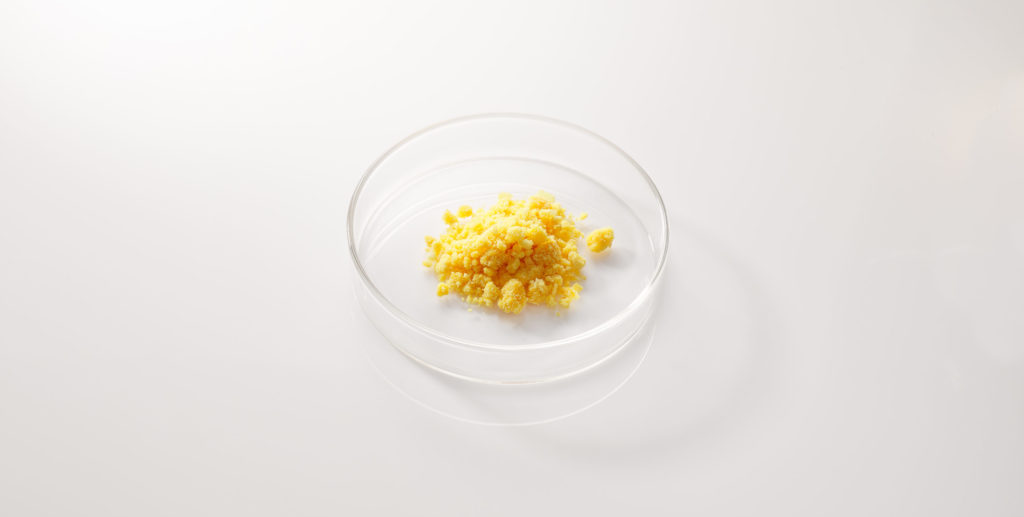
What does CBDv help with?
Through clinical trials, scientists have investigated the usefulness of CBDv for a handful of different medical conditions. For the most part, this variant of CBD shows similar activity to its more-popular relative. Consequently, CBDv might be uniquely useful for anxiety, inflammation, nausea, and neurological conditions.
Is CBDv good for anxiety?
A 2019 research study conducted into CBDv and Autism Spectrum Disorder (ADS)² uncovered unexpected data regarding CBDv and anxiety. By impacting the production of the neurotransmitter GABA, CBDv may be useful in treating anxiety and a variety of other psychiatric conditions.
Anxiety has been one of the main areas of research into the medicinal applications of CBD³ if studies show CBDv also has the potential to help with anxiety-related disorders, future anxiety treatments may feature both CBD and CBDv.
Is CBDv good for inflammation?
A recent study⁴ unveiled new information, showing CBDv can reduce gut inflammation in patients with ulcerative colitis. Given this exciting development, it’s possible that CBDv could be useful in quelling other causes of inflammation in other areas of the body.
Future research into CBDv and inflammation will likely consider CBD’s observed activity at the 5HT and TRP receptors. Both neuroreceptor families are usually involved in inflammation throughout the body. CBDv may have a greater affinity than CBD for one or both of these receptors. It would be prudent to include CBDv in all new research into cannabinoids as pain therapies.
Is CBDv good for nausea?
In 2013, researchers combined two “varin” cannabinoids⁵ CBDv and THCv, in an effort to mitigate nausea. The results of this single study were highly promising, but they have yet to be substantiated with further research. If CBDv is just as good at mitigating nausea as forms of THC, it might become a significant source of relief for patients undergoing chemotherapy, who desire non-intoxicating THC alternatives.
Is CBDv good for neurological conditions?
The usefulness of CBDv has been investigated for a few different rare neurological conditions. In 2018, researchers sought to determine if CBDv might help with Rett syndrome⁶ (a rare genetic disorder that affects both growth and neurological development, especially in girls). In 2019, this research was followed up by a study into CBDv and Duchenne muscular dystrophy⁷ a rapidly progressive form of muscular dystrophy that primarily affects boys.
CBDv FAQs
1. Where is CBDv found?
Cannabidivarin (CBDv) is a natural, minor cannabinoid found in cannabis and hemp. However, CBDv is only available at very low concentrations in botanical sources. Efforts to breed high-CBDv producing strains of cannabis are ongoing.
As a result, this cannabinoid is usually created using a simple chemical conversion process. The precursor to a different cannabinoid, such as CBD or CBG, is exposed to natural enzymes that cause it to turn into CBDva, the chemical precursor of CBDv. Then, this precursor transforms into stable CBDv via the decarboxylation process.
2. What are some examples of high-CBDv-producing strains?
At the moment, there is no such thing as a naturally high-CBDv producing strain. Some Cannabis indica strains might contain up to around 1% CBDv. So, if you see hemp or cannabis advertised as high-CBDv, it has most certainly been sprayed with CBDv extract.
In the future, naturally, high-CBDv producing strains may become commercially available. However, this depends upon popular demand for this cannabinoid. Right now, if you want to experience CBDv at its most desirable potency, you’d need to consume it in a concentrated form.
3. Where can I buy CBDv for sale?
High-quality CBDv extracts are available online. The process of synthesizing CBDv from other cannabinoids is not particularly tricky. So CBDv extracts are available in a variety of different forms, including isolate, distillate, and water-dispersible preparations.
In some cases, finished CBDv consumer products may also be available. Examples of popular bulk CBDv products include capsules, gummies, and vapes.
4. Is CBDv safe?
Not enough research has been conducted to draw any firm conclusions, but everything we know so far indicates that CBDv is just as safe as CBD. Numerous studies have confirmed CBD as being remarkably well-tolerated in the human body.
The international cannabinoid company, GW Pharmaceuticals, recently conducted a clinical study into the safety of CBDv in children⁸ Once the results of this trial are published, we will know more about the safety of CBDv in comparison to CBD, other cannabinoids, and current conventional treatments for epilepsy.
5. Can you use CBDv and CBD together?
Yes, there is no indication that any negative effects will occur if you combine CBDv and CBD. In fact, ample scientific evidence indicates that combining any natural cannabinoids results in a type of synergy, called the entourage effect⁹.
To take the entourage effect one step further, throw terpenes into the mix as well. Some research indicates that terpenes contribute just as much to cannabis synergy¹⁰ as cannabinoids.
6. What is CBDva?
Cannabidivarinic acid (CBDva) is the carboxylic acid precursor to CBDv. Before any cannabinoid reaches its final form, it begins life as a carboxylic acid, an unstable compound that naturally stabilizes through the process of decarboxylation.
As a result, CBDva plays a critical role in the production of CBDv. At present, there isn’t any research, indicating that CBDva offers considerable benefits above and beyond those of CBDv.
7. What does CBDv stand for?
The acronym CBDv stands for “cannabidivarin.” The scientific name of this natural cannabis compound denotes its similarities and differences to CBD. The first half of the name is identical between the two cannabinoids, but “varin” places CBDv in a separate class of cannabinoids that’s also home to similar variants, like THCv and CBGv. Remember, that varin refers to the shorter side chain each of these variants share.
8. Does CBDv get you high?
No, CBDv is like CBD in that it does not have intoxicating effects. CBDv is a non-psychoactive cannabinoid. Users report that the effects of CBD and CBDv feel virtually indistinguishable even though these two cannabinoids may exert considerably different pharmacological effects inside the human body. Expect CBDv to make you feel relaxed and maybe a little bit sleepy.
9. What is CBDv good for?
Based on what little we know so far, scientists of the future may determine that CBDv has therapeutic potential for inflammation. More research needs to be conducted into the properties of this rare cannabinoid to know for certain what types of useful properties it possesses. Nevertheless, it’s safe to assume that the benefits of CBDv will closely correspond to those of CBD, since the two cannabinoids are very chemically similar.
10. How does CBDv make you feel?
Most people who use this cannabinoid indicate that CBDv makes them feel mostly the same way that CBD makes them feel. Some users with inflammatory conditions report increased levels of relief when using CBDv versus CBD. Overall, CBDv should provide experienced effects that are very similar to that of CBD — you won’t feel intoxicated after using CBDv.
11. What types of CBDv products are there?
Right now, CBDv is a very rare cannabinoid that is only available in isolated concentrates, normally used for research purposes. In the future, though, it would be reasonable to expect the emergence of a full array of CBDv products that closely mirrors the spectrum present in the CBD market today. Just as there are dozens of different CBD tinctures, gummies, capsules, and topicals to choose from now, you should assume that these same kinds of products will eventually become widely available with CBDv as the main ingredient.
12. Is there CBDv in hemp flower?
To our knowledge, there are no strains of hemp whose flower is high in the cannabinoid, CBDv. That’s part of the reason CBDv is so hard to come by — cannabinoids become much easier to source once they are available in hemp in large concentrations. Eventually, CBDv-rich hemp strains will likely appear on the market as demand for this rare cannabinoid grows.
Sources
1. Pretzsch, C.M., Voinescu, B., Lythgoe, D. et al. Effects of cannabidivarin (CBDV) on brain excitation and inhibition systems in adults with and without Autism Spectrum Disorder (ASD): a single dose trial during magnetic resonance spectroscopy. Transl Psychiatry 9, 313 (2019). https://doi.org/10.1038/s41398-019-0654-8
2. Blessing EM, Steenkamp MM, Manzanares J, Marmar CR. Cannabidiol as a Potential Treatment for Anxiety Disorders. Neurotherapeutics (2015). https://doi.org/10.1007/s13311-015-0387-1
3. E. Pagano, B. Romano, F.A. Iannotti, O.A. Parisi, M. D’Armiento, S. Pignatiello, L. Coretti, M. Lucafò, T. Venneri, G. Stocco, F. Lembo, P. Orlando, R. Capasso, V. Di Marzo, A.A. Izzo, F. Borrelli, The non-euphoric phytocannabinoid cannabidivarin counteracts intestinal inflammation in mice and cytokine expression in biopsies from UC pediatric patients, Pharmacological Research, Volume 149, (2019). https://doi.org/10.1016/j.phrs.2019.104464
4. Rock, E. M., Sticht, M. A., Duncan, M., Stott, C., & Parker, L. A. (2013). Evaluation of the potential of the phytocannabinoids, cannabidivarin (CBDV) and Δ(9) -tetrahydrocannabivarin (THCV), to produce CB1 receptor inverse agonism symptoms of nausea in rats. British journal of pharmacology, 170(3), 671–678. https://doi.org/10.1111/bph.12322
5. Daniele Vigli, Livia Cosentino, Carla Raggi, Giovanni Laviola, Marie Woolley-Roberts, Bianca De Filippis, Chronic treatment with the phytocannabinoid Cannabidivarin (CBDV) rescues behavioural alterations and brain atrophy in a mouse model of Rett syndrome, Neuropharmacology, Volume 140, (2018). https://doi.org/10.1016/j.neuropharm.2018.07.029
6. Iannotti, F. A., Pagano, E., Moriello, A. S., Alvino, F. G., Sorrentino, N. C., D’Orsi, L., Gazzerro, E., Capasso, R., De Leonibus, E., De Petrocellis, L., & Di Marzo, V. Effects of non-euphoric plant cannabinoids on muscle quality and performance of dystrophic mdx mice. British journal of pharmacology, 176(10), (2019). https://doi.org/10.1111/bph.14460
7. Larsen, Christian, and Jorida Shahinas. Dosage, Efficacy and Safety of Cannabidiol Administration in Adults: A Systematic Review of Human Trials. Journal of clinical medicine research vol. 12,3 (2020): 129-141. https://doi.org/10.14740/jocmr4090
8. GW Research Ltd., Safety and Tolerability of Cannabidivarin (CBDV) in Children and Young Adults With Autism Spectrum Disorder. U.S. National Library of Medicine, (2019). https://clinicaltrials.gov/ct2/show/record/NCT03849456
9. Rahn, Bailey, The entourage effect: How cannabis compounds may be working together. Leafly, (2020). https://www.leafly.com/news/cannabis-101/cannabis-entourage-effect-why-thc-and-cbd-only-medicines-arent-g
10. Rahn, Bailey, The entourage effect: How cannabis compounds may be working together. Leafly, (2020). https://www.leafly.com/news/cannabis-101/cannabis-entourage-effect-why-thc-and-cbd-only-medicines-arent-g


